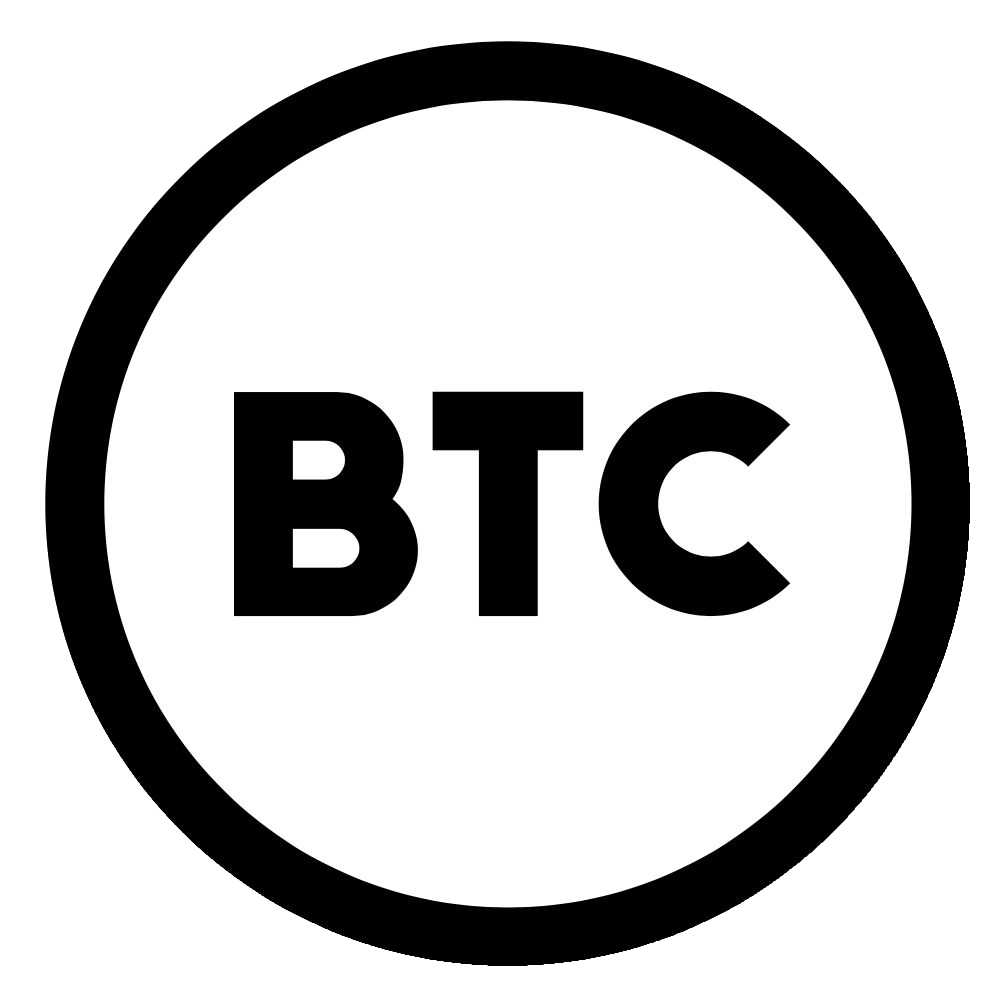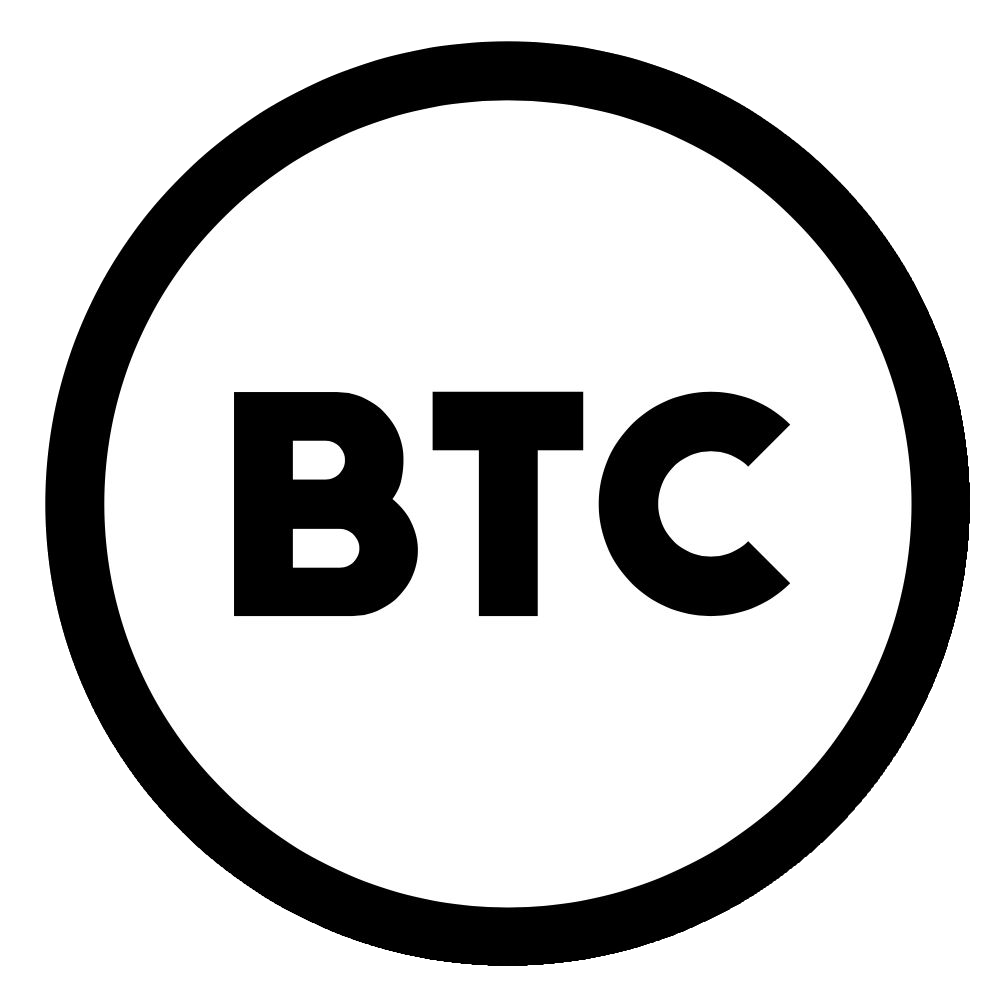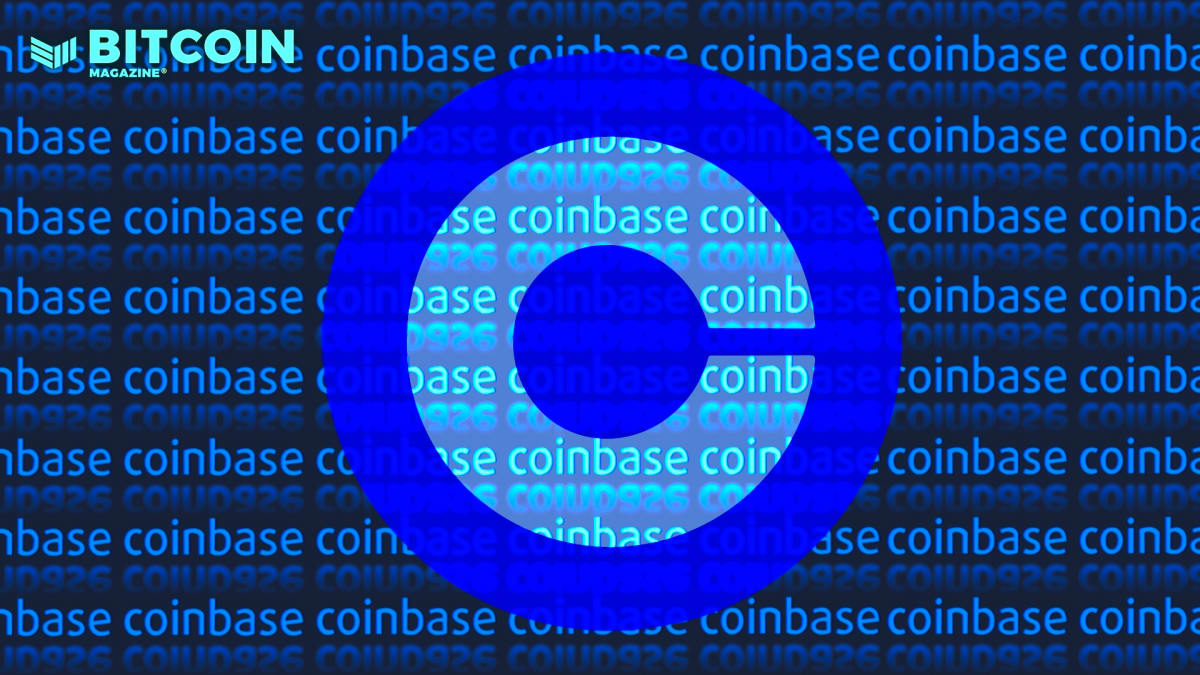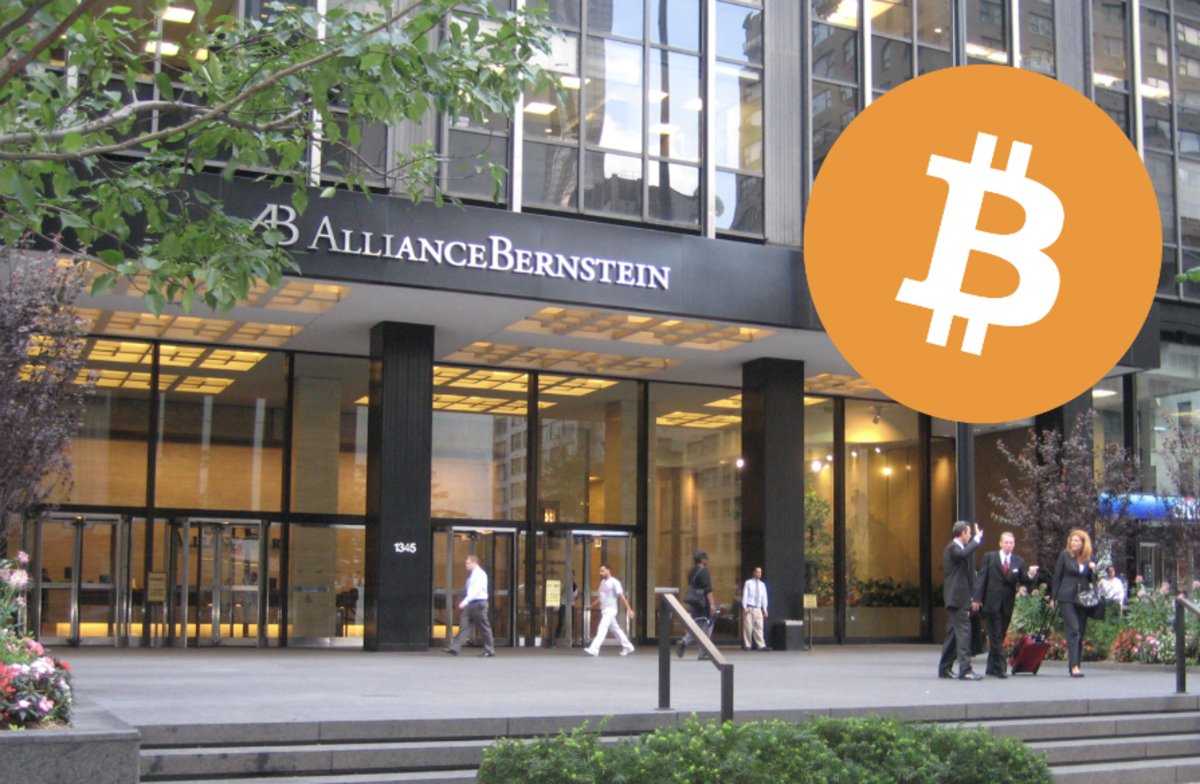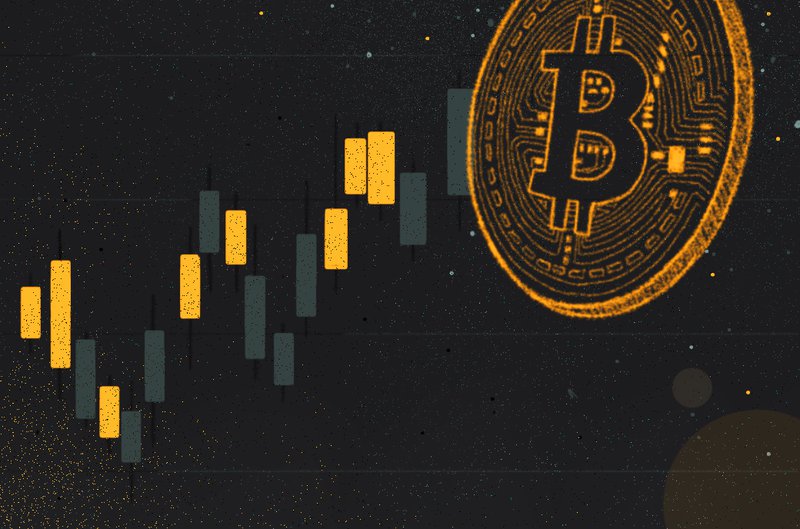Op Ed: Exploring the SEC’s New “Sufficiently Decentralized” Test

The regulators have awoken. SEC Director William Hinman introduced novel concepts to the securities law analysis such that sellers of digital assets may have an escape valve. Yes, even if their initial sale triggered securities laws, later sales may not. The industry should not move forward without careful exploration of these concepts.
First order of business: Can digital assets change their colors? As outlined by Global Digital Finance, a digital asset can be a financial asset token (potentially coded as a security), a payment token (Hinman used the term “coin”), or a consumer token (Hinman used the term “token”). The relevant question is not whether an asset can change its token type, but whether the latter two types — a “coin” or “token” in Hinman’s words — can ever become securities.
Whisky as a Security?
Director Hinman’s discussion of Scotch proves instructive.
The SEC director carefully teased out a distinction between a consumer item and its manner of sale. The ultimate takeaway: Whisky is never a security, but its sale can trigger securities laws. It would be ridiculous to say whisky morphs into a security because of how it is sold; it always remains a non-security consumer item.
Replace “whisky” with “coin” or “token” and the logic remains sound. It makes no sense, then, to say a consumer or payment token can morph into a security. That is, unless the code itself changes such that the code itself represents stock or another type of security instrument.
This is more than semantics; precision matters. Following the above logic, developers need not fret about doing their job. So long as a developer creates a consumer or payment token, the developer does not create a security or anything that can morph into one. Activity outside of coding will be what makes securities laws applicable. This distinction should give comfort to the builders out there. Code without worry.
Activity outside of coding will be what makes securities laws applicable.
Anyone who wants to sell, however, should worry. The sale may inadvertently trigger securities laws. Purchasers in any sale will form expectations. The sales process must manage these expectations so that buyers do not think they will profit from the managerial efforts of others.
Hinman’s Guidance
Director Hinman’s remarks provide some principles to follow for anyone attempting a “coin” or “token” sale that rests outside of the securities regime. Keep these in mind when planning your sale.
Find your users.
In Howey, promoters sold orange groves “to hotel guests, not farmers.” If farmers bought the orange groves and worked the land, the Howey test would not exist. Find your farmers. Find the users who will use your network. This will help preserve the argument that you sold “to participants who need the functionality the network and the digital assets offer.”
Build something real, something useful.
The Howey analysis weakens when purchasers consume what they buy. A network with real use looks less like it involves an investment contract. The following facts indicate your buyers intend to consume tokens on your network: marketing targets actual users, buyers represent they will use tokens, buyers have purchase limits, and buyers have no financial incentive to hodl.
Cultivate a distributed village.
Director Hinman said a “sufficiently decentralized” network may not need the benefits of a disclosure regime. Combine prior research with Hinman’s suggestion that Bitcoin and Ethereum have sufficiently decentralized networks and practical guidance emerges:
- Any network with node participation and geographic distribution at least as distributed as the Bitcoin network should be considered sufficiently decentralized.
- Reward volatility may vary for small miners without making the network insufficiently decentralized.
- The presence of centralized mining power (even up to 61 percent of weekly mining power split between three miners) does not make a network insufficiently decentralized.
- The presence of powerful core developers or an influential foundation does not make a network insufficiently decentralized.
- An open-source, proof-of-work network may be sufficiently decentralized at inception.
All this counsels toward creating a global, well-distributed network. How to further measure decentralization, especially at genesis or for proof-of-stake or delegated proof-of-stake networks, remains an open question ripe for a no-action letter request.
Share your secret sauce.
Hinman argued that decentralization correlated with a reduction in information asymmetry between promoter and purchaser. Yet decentralization and information asymmetry may coexist where only a small set of developers actually understand changes made to a decentralized network. Disclosure helps, but does not resolve, the asymmetry. Only consumer education can.
As a matter of policy, however, it would be difficult for a regulator to argue that purchasers need the protection of a disclosure regime where developers have disclosed everything. Layering a disclosure regime onto a completely transparent project would, in Hinman’s words, “add little value.”
Disclosure helps, but does not resolve, the asymmetry. Only consumer education can.
The suggestions above align surprisingly well with core philosophical tenets held by proponents of decentralization. But without clarity on “sufficient decentralization,” all token sales risk violating securities laws. Fortunately, the SEC has expressed willingness to work with industry participants. Companies should take advantage of this rare offer to shape how securities laws will apply for the foreseeable future.
This is a guest post by Josh Garcia, Principal at Ketsal Consulting, the stratecig consulting arm of blockchain-focused law firm Blakemore Fallon. Opinions expressed are his own and do not necessarily reflect those of Bitcoin Magazine or BTC Inc.
This article originally appeared on Bitcoin Magazine.

